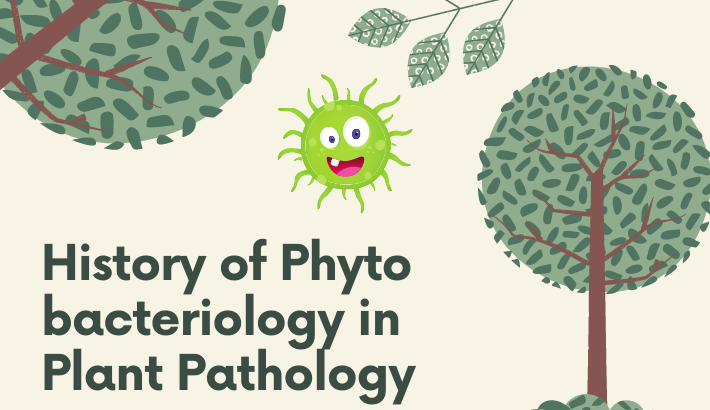Veterinary Firstaid
First Aid:
Firstaid FOR ANIMALS MEANS immediate treatmnt of injuries or the essential items of firt aid kit for animals.
Purpose:
encounters with wild life invarably result ,at some time ,in the requirment to administrator firstaid this involves:
- Treating superficial wounds (e.g.scraps.,scrahes,minor cuts)
- providing appropriate temporary containment untill further treatment can be provided.
- seeking vetniory treatment for major injuries or conditions(e.g.capture myopathy,dieases). Veterinary Firstaid
Scope:
When an animal is taken into care the advise contained in DEC(2008) Minimum sanderds for wildlife Reheblitation in Westren Ausralia.should be consulted.Reheblitators must comply with the requirment of regulation 28A of thewild life conservation regulation 1970. for any animals requiring euthanasia the advise containe in Chapman et al,2008 should be reviewed and followed. Veterinary Firstaid
Definitions
Veterinory Firstaid
Ameliorated: A situaion is made beter or improve.
Animal Handler:A person listed on an application tothe DEC Animal Ethics Commitee that will be reponsible for handling animals during the project
abnormally high(Kahn & lne2007). (Veterinory Firstaid)
Prognosis:A forecasts of the likely outcome of the dieases or illness.
Rigor mortis:The stiffning of the after death.
Assesing the sitiuation
(a) Asses the immidiate tgreat to yourself and the animals. Decided if it is safe to approach and take action to minimize or remove any hazards to your own safety and safety of bthe animals. This might involves switching on vahecle hazard lights to wan traffic or an incidents on the road keeping birds or other animals away.
(b) Always approach with care. The animals will be scared and will try to run away , bite and scrach you. Mcropods in particular, are capable of lashing out with their powerfull back legs, even if saverly injurd.
(c) If possible obtain a weight for the animal to aid in later administration of drugs.
Treating Injuries
Generlly minor injuries can be treated in the field and the animal releasd. Major injuries require expert care and possibility of the aniumals requiring ongoing care of euthonises.Veterinory Firstaid
Veterinary Firstaid
SEE ALSO ;- Method Ultrasonography In Veterinary
Bleeding: It is important to stem any bleeding as soon as possible,as blood loss can lead to shock,collaps and death
Bleeding is classified to which blood vessel is damaged. Artial blood is bright red in clor and under pressure, so it will spurt from the wound. Veterinory Firstaid
Wounds:
Not all wounds require veterinory treatments. Deciding weather the wound is superficial or deep will determine the appropriate treatment for the wound. Superficial wound can be treat cleand with dilute antiseptic (e.g.Betadine@) but veterinory care should be sought for deep wounds. Veterinary Firstaid
Fractures, strains and strains:
Fracturs are broken bones and they can be open , whwre the bone is exposed through skin ,or closed where the skin is unbroken. An anitial assessment needs to be made to determine if the fracturs or dislocation has accurd by feelings for abnormallities and checking for normal range of movement in limps/pain response etc.
Abdominal injuries:
Abdominal injuries usally result from heavy impect(e.e. car stirck,dog attack). Signs of abdominal injuries are include shock, pain and vomiting.
Chest Injuries:
Chest injuries can range from mild to life treatening. Signs of chest injuries are include pain,increased breeding efforts or short rapid breath. Veterinary Firstaid
Eye Injuries:
The eys are very sesitive and can react nagatively to any injuries. Foreigns object,smoke and wounds are the common couses of eye injury and may result in infection to complete blindness.
Burns:
Cold water or cold compress needs to be applied to the burn without overcooling the aniumals. The animal may need to be treated for shock , pain and dehydration. Veterinary Firstaid
Treating Conditions
Stress:
The best way to treat stress is by placing the animals in dark ,quit,warm envoirnment to allow them to calm down.The use of a pouch handeling bag is recommended where the possible for animal. Veterinary Firstaid
Shock:
Treatment for shock shuould firdt aim at reducing stress,stopping any visible signs of bleeding and than making sure the aniumals is kept warm and quit
Hypothermia:
The animal needs to be warmed with the costant artificial heat source such as body constand in a handeling bag,heat lamp or a hoy water bottle.
It is preferable the heat source coms from outside of the holding container and decieded at one end so the animal can move closer to away from the heat source.
Dyhydration:
The saverty of dyhydration will determine the most appropriate course of action,basic treatment and release as soon as possible is prefferd option however seeking veterinory care should be considrd if the prognosis is poor.
Concussion:
If an animal appears concussion, iy should be placed in dark envoirnment and rechecked in 2-4 hours reassess the situation(e.g. its ability to fly). Veterinary Firstaid
Perasitic Load:
Fleas,lies and mites can be treated with the topical insectisides and ticks and miggots removed with tweesers however if an animal is infested with maggots and they have invaded the body cavity is recommended.
Transporting the Animals:
All animals must be containd during transported so they cannot escape. Ensure the container ,bags is safely restraind within the vahecle. Keep in mind the kicking ranges of animals containd when placing them in trhe vahicle.
Minimze noise,light and visual simuli around the animals and provide edequate ventilation. Cre needs to be taken when driving. The duratiom should be short if possible and the animal checked intermitntly.
Record keeping:
Record keeping is an impotent in wildlife rescue/first aid. A detaild history gives rehabilitators information about the situation and also allows the animals to be returnd on the exact location of the origin if rehabilitation is succesfull.
Ethical Consendrations
FirstAid Equipments:
Personnel involved in trapping animals will need to be prepare and have a neccessary equipments on hand (e.g.firstaid kit, teats,Lectaid etc) in case of injuries or young eviation.
Animal Hndeling:
To ensure animalstress to an animal, they should onlu be handeld fpr as long as required to determine the exact of injury and apply initial firstaid. Mammels can be placed in a bags and examinds by exposing small portions of the body through the bag opening to reduse stress.
Veterinory Treatment:
Perssonl are to required injured animals during trapping activities and when appropriate decide weather an annimal may require further treatment. All eye injuries required treatment and all anmials should never be released with an eye injury.
Occupational Health and Sfety
Animal Bite and Scraches:
Most animal will bite and scrach and animnal handelin prosedure can result an injuries to handelers from the animals. All injuries should be appropriatly treated as soon as possibleto prevent infection and promote healing. Veterinory Firstaid
Zoonoses:
There are a no of dieases carried by animals that can be transsmitted to humans. All perssonal must take precoutions to minimize the risk of dieses transsmittion to protect themselves, their families and wildlife population. Veterinory Firstaid
Allergies:
Some persnnel may develop allergies when thy come contacts with animals meterials such as hairs, feathers and denders or if bitten by invertebrators
FOR MORE DETAILS VISIT: CLICK HERE
Veterinary Firstaid



